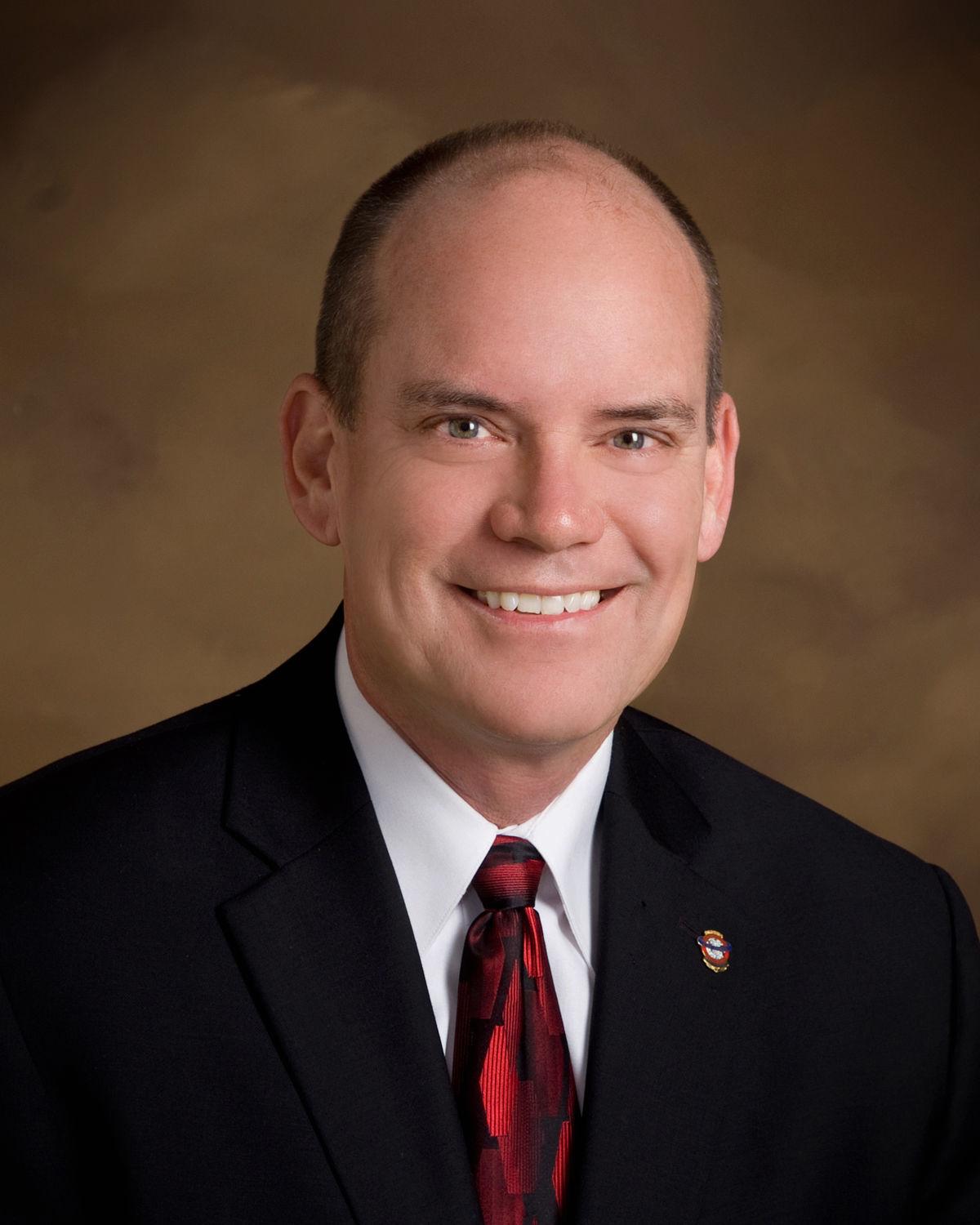From the Chief’s Corner: “M&M”, It’s More Than Just a Candy...
When Proper ERCES Maintenance and Monitoring Doesn’t Happen, Lives are at Stake Posted on September 8, 2022 When many people hear the term “M&M”, their minds immediately go to the small chocolate candy coated snacks that were first released in 1941. And although these small candies made history several times including during World War II and being the first candy to rocket into space aboard the space shuttle, “Columbia” in 1981, today we are going to talk about a more important “M&M” -- Maintenance & Monitoring. Recently, I attended the International Association of Fire Chiefs annual conference know as Fire Rescue International in San Antonio, TX. The conference was great, and I had the opportunity to engage in some meaningful conversations with multiple individuals about activities of the Coalition. However, when I got home early Friday morning (from a delayed flight if you can believe that) I knew I had a significant amount of yard work to do because of the amount of rain we had while I was gone. With a hand full of M&M’s, I went to my shop to get the lawn mowers to begin mowing. Just then, something occurred that immediately made me think of the importance of maintenance and monitoring of ERCES systems utilized by our first responders. You see, just a few days before I left to go to the conference, I mowed about 6 acres without a single issue. In other words, everything was working perfectly when I parked the mowers. However, on Friday, without anyone touching anything while I was gone, the battery of one of the mowers was dead and the starter of another one quit working. So, what does a bad battery and starter have to do with ERCES? I’m glad you asked. When one thinks about fire and life safety systems installed within the built environment, one of the most important aspects of these systems is that they will work when they are needed. These systems sit there day after day in standby mode waiting on the need for their use. Because the systems are not utilized daily like plumbing, electrical, HVAC system and the like, for many years, codes and standards have required maintenance and monitoring of these systems to ensure they are operational. But often, this important part of the process is left out of the equation. In fact, some think that once a solution is installed it’s good unless there is a problem. But just like the mowers that had issues arise out of the blue, so too can a fire & life safety system have issues arise if these systems are not properly maintained and monitored. It is important for AHJ’s and integrators to fully understand what is necessary to properly maintain and monitor the ERCES system. Its not just going through the motions, the requirements within the codes and standards serve a real purpose. Items such as battery health, power supplies, signal source malfunction, evaluating signs of damage to system components are just a few of the things that should be checked. Also, making sure the system is connected to buildings fire alarm system (if one exists) to provide supervisory signals as required by NFPA 1225 Section 18.14.1.1 that states: “The system shall include automatic supervisory signals for malfunctions of the in-building emergency responder communications enhancement system that are annunciated by the fire alarm system in accordance with NFPA 72.” Fire alarm systems often monitor the condition of other systems such as fire sprinkler systems, kitchen hood suppression systems and ERCES. Supervisory conditions mean there is an issue with the equipment, system or process that is monitored by the fire alarm control unit such as loss of AC power. When issues are identified within these systems, a signal is provided to the fire alarm control unit (FACU) through an initiating device circuit for conventional systems, or a signaling line circuit for addressable systems. One of the items that is often missed, is what happens when this supervisory signal is received through the FACU. The intent is that someone is to be notified that there is an issue with the system being monitored and that the appropriate action will be taken to address the problem at hand. If one simply ignores the supervisory signal or fails to notify the appropriate people, the system could sit there in an inoperable condition. Another potential issue occurs when the supervisory signals are not properly tested during system acceptance and during the annual inspection. I visited a site once and asked the integrator to turn off the AC power to the system. They did, however the system AC status on the remote annunciator never changed, no one had ever fully tested all aspects of the system that had been installed for a couple of years. Maintenance and monitoring is one of the most important aspects of an ERCES installation and life cycle of the system. Attention to detail is paramount in every case. When my mowers didn’t start up last Friday like they should have, it was inconvenient and aggravating. It highlighted that out of the blue, equipment, components, and systems can just quit working. That’s why when it comes to an ERCES solution, proper maintenance and monitoring must be performed because when these solutions do not function properly every time they are needed, lives are placed in jeopardy. Let’s all do our part to ensure that first responders have the capability to have effective communication in every emergency incident.
|

